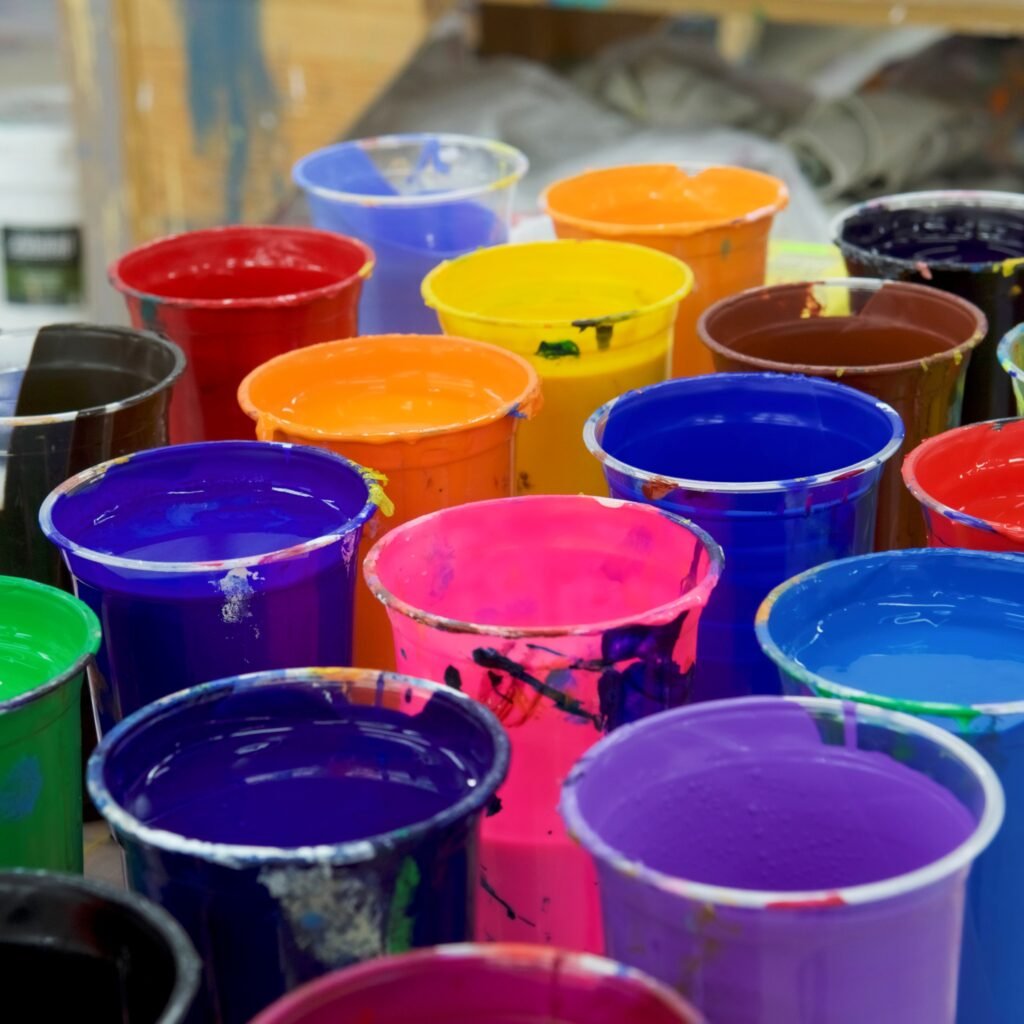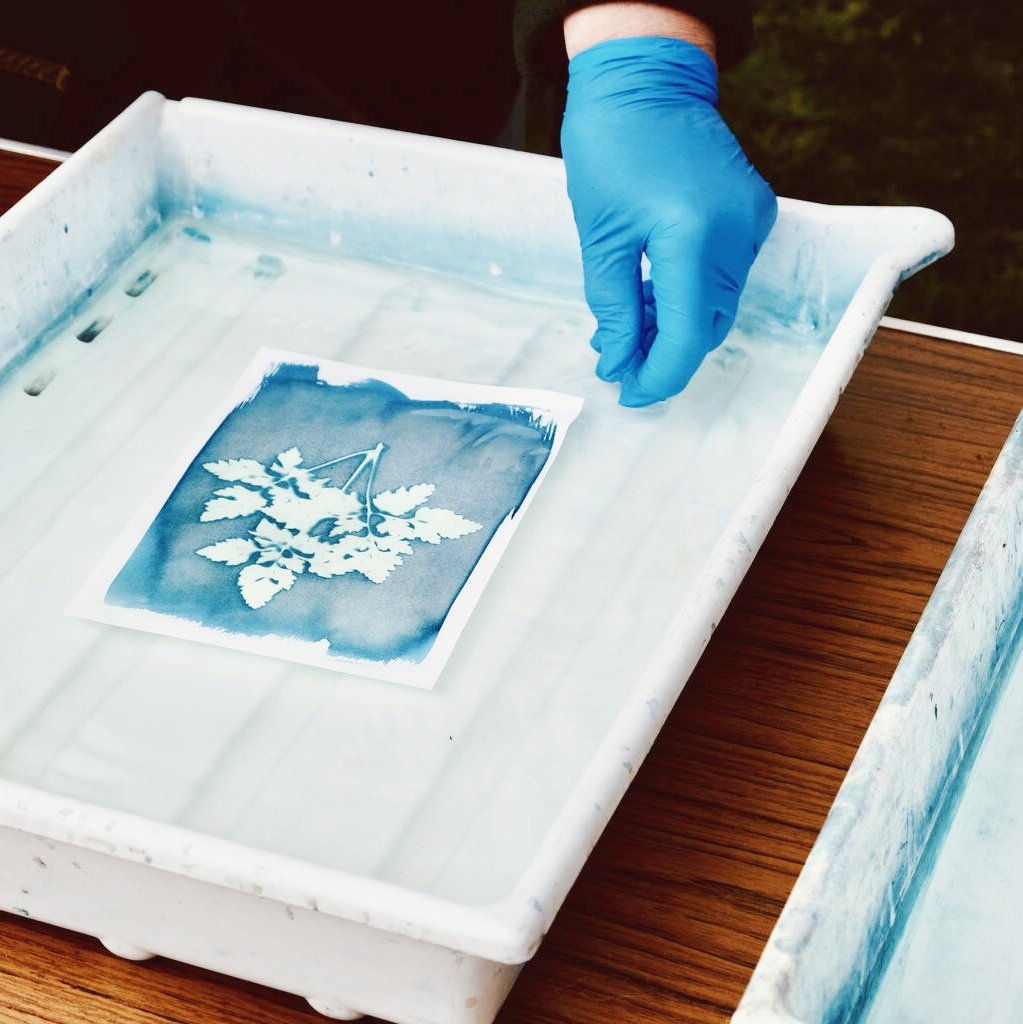In the printing industry, Plastisol Ink is highly favored for its vibrant colors, excellent coverage, and wear resistance. However, to ensure the ink exhibits optimal results on printed materials, especially in passing rigorous rub tests, an effective curing process is crucial. This article will delve into how to effectively cure Plastisol Ink, with a particular focus on its application on garments (such as shirts), and how to ensure it passes the Curing Plastisol Ink Rub Test through various curing methods.
I. The Basic Principles of Plastisol Ink Curing
Plastisol Ink is a liquid mixture before curing, primarily composed of resins, pigments, plasticizers, and fillers. During the curing process, the resins in the ink undergo cross-linking reactions through heating, forming a solid film layer that grants the printed material good wear resistance and washability. Curing temperature, time, and pressure are key factors that affect the curing effect.
II. Curing Plastisol Ink on Shirt: Curing Practices on Garments
When applying Plastisol Ink to garments such as shirts, the curing process requires special attention to ensure the ink adheres firmly to the fibers while avoiding damage to the garment.
- Pre-treat the Garment: Before printing, ensure the garment is clean and free of oil stains to improve ink adhesion.
- Choose the Right Printing Method: Such as screen printing, to ensure the ink is evenly distributed on the garment.
- Set Curing Parameters: Adjust the curing temperature, time, and pressure according to the ink type and garment material. Generally, the curing temperature for Plastisol Ink ranges from 160°C to 180°C, with a time of about 2 to 3 minutes.
III. Curing Plastisol Ink Rub Test: The Mystery of Rub Testing
The rub test is an important standard for measuring the curing effect of ink. By simulating friction conditions during daily use, it assesses the ink’s wear resistance and adhesion.
- Testing Method: Use a standard rub testing instrument to rub a weighted friction head back and forth over the printed material a certain number of times, then inspect for ink detachment.
- Influencing Factors: The degree of ink curing, garment material, and printing thickness all affect the results of the rub test.
- Optimization Strategies: By adjusting curing parameters, selecting suitable ink formulations, and garment materials, the ink’s performance in rub tests can be improved.
To ensure the ink passes the rub test, every detail of the curing process is crucial. Next, we will explore several common curing methods.
IV. Curing Plastisol Ink with a Heat Press: Heat Press Curing Method
The heat press curing method is an efficient and rapid curing method, particularly suitable for small-batch printed materials.
- Equipment Selection: Choose a heat press with precise temperature control and pressure regulation functions.
- Operating Steps: Lay the printed garment flat on the heat press platform, set the temperature and time, then apply appropriate pressure for curing.
- Precautions: Avoid excessively high temperatures or prolonged times that could cause garment deformation or ink burning.
V. Curing Plastisol Ink with Iron: Iron Curing Method
For households or small studios, the iron curing method is a simple and economical choice.
- Iron Selection: Choose an iron with a constant temperature function to avoid temperature fluctuations affecting the curing effect.
- Operating Steps: Cover the printed garment with a clean cotton cloth or paper, then iron back and forth over the cloth or paper until the ink is fully cured.
- Precautions: Maintain an appropriate distance between the iron and the garment during ironing to avoid direct contact that could cause ink burning or garment damage.
VI. Curing Plastisol Ink Starts to Smoke: Avoiding Burning Phenomena
During the curing process, if the temperature is too high or the time is too long, Plastisol Ink may start to smoke, indicating that the ink is burning. Burned ink not only affects the aesthetics of the printed material but also reduces its wear resistance and adhesion.
- Monitor Temperature: Use a thermometer to monitor the temperature during the curing process in real-time to ensure it does not exceed the ink’s tolerance range.
- Adjust Time: According to the ink type and garment material, appropriately adjust the curing time to avoid burning due to excessive duration.
- Good Ventilation: Maintain good ventilation in the work area during the curing process to reduce the accumulation of harmful gases.
VII. Optimizing the Curing Process to Enhance Rub Test Performance
To improve Plastisol Ink’s performance in rub tests, we can start with the following aspects:
- Choose the Right Ink Formulation: Select ink formulations with excellent wear resistance and adhesion according to the needs and material of the printed material.
- Precisely Control Curing Parameters: Through repeated trials and adjustments, find the most suitable curing temperature, time, and pressure for the current ink and garment.
- Strengthen Pre-treatment and Post-treatment: Conduct professional pre-treatment on the garment before printing to improve ink adhesion; after curing, perform post-treatment on the printed material, such as shaping or coating, to enhance its wear resistance.
VIII. Case Study: Improving Rub Test Scores by Optimizing the Curing Process
Taking the Plastisol Ink printing of a certain brand of shirt as an example, we implemented the following optimization measures:
- Ink Formulation Adjustment: Selected an ink formulation with higher wear resistance to improve its performance in rub tests.
- Curing Parameter Optimization: Through multiple trials, found the most suitable curing temperature, time, and pressure for the brand and material of the shirt.
- Strengthen Pre-treatment: Conducted professional pre-treatment on the shirt before printing to improve ink adhesion.
After optimization, the shirt’s performance in the Curing Plastisol Ink Rub Test significantly improved, with the ink’s wear resistance and adhesion reaching industry-leading levels. This successful case fully demonstrates the importance of optimizing the curing process to enhance rub test scores.
IX. Common Problems and Solutions
During the curing process of Plastisol Ink, we may encounter some common problems, such as ink detachment and uneven color. For these issues, we can adopt the following solutions:
- Ink Detachment: Check if the curing parameters are suitable to ensure the ink is fully cured; simultaneously strengthen pre-treatment and post-treatment to improve ink adhesion.
- Uneven Color: Adjust the ink distribution and printing pressure during the printing process to ensure the ink is evenly distributed on the garment; also, check if the ink formulation is suitable for the current material.
Additionally, for potential ink wear issues in the Curing Plastisol Ink Rub Test, we can address them by optimizing curing parameters, selecting inks with stronger wear resistance, and strengthening post-treatment methods.
X. Conclusion and Outlook
In summary, effective curing of Plastisol Ink is the key to ensuring it passes the Curing Plastisol Ink Rub Test. By selecting the appropriate curing method, precisely controlling curing parameters, and strengthening pre-treatment and post-treatment measures, we can significantly improve the ink’s wear resistance and adhesion, thereby meeting customer expectations and demands.
In the future, as printing technology continues to develop and innovate, we will continue to explore more efficient and environmentally friendly curing methods and technologies to further enhance Plastisol Ink’s performance in rub tests and market competitiveness.
Meanwhile, we should also pay attention to the environmental performance and sustainable development of inks. When selecting ink formulations, prioritize those with minimal environmental impact, recyclability, or biodegradability; during the curing process, adopt energy-saving and consumption-reducing measures to reduce energy consumption and waste emissions. Through these efforts, we can jointly promote the green development and sustainable progress of the printing industry.
Furthermore, as consumers’ demand for personalized and customized printed materials continues to grow, we should also continuously innovate and develop new printing technologies and curing methods to meet the diverse needs of the market. For example, developing inks with higher wear resistance, more vibrant colors, and better environmental performance; researching and developing more efficient and intelligent curing equipment and technologies, etc.
In short, the effective curing of Plastisol Ink is the basis for ensuring that it passes the Curing Plastisol Ink Rub Test and meets market demand. By continuously optimizing the curing process and technical means, we can improve the wear resistance and adhesion of the ink and provide consumers with better products and services. At the same time, we should also pay attention to environmental performance and sustainable development issues, and jointly promote the green development and innovative progress of the printing industry.


